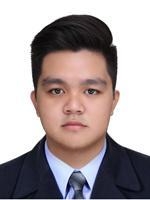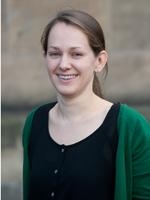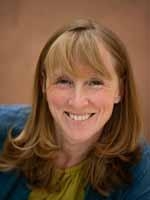2018 Poster Awards winners
 First prize (€1,500)
First prize (€1,500)
Niño Jhim Andrew Dela Luna
(Mapúa University)
For the study:
Tidal Resource Assessment and Hydrodynamic Simulation of a SeaGen-type Horizontal
Abstract
The Philippines is a country in Southeast Asia which has abundant natural renewable energy sources. This study focuses on one aspect of renewable energy, which is tidal energy. The tidal parameters such as tidal heights, and tidal currents, of six representative points within Verde Island Passage, were determined through numerical modelling. A decision matrix was used to determine the peak month for tidal energy harvesting, for the year 2017 and a one-month energy density map was created. The SeaGen model of twin horizontal axis rotors were simulated in an area in Verde Island Passage, and the power production of the tidal turbines for the peak month were estimated. Delft3D 4 Suite was used for the numerical modelling and hydrodynamic simulation.
Download Poster
 Second prize (€1,000):
Second prize (€1,000):
Leah Barker Ewart (IDCORE)
For the study:
Advanced concrete materials for floating wave energy converters
Abstract
Reinforced concrete (RC) is well suited for the offshore environment, with good strength and stiffness properties at a low unit cost. However, there are a number of issues with using the material in its conventual form for floating structures.
- Concrete is heavy, with minimum wall thicknesses driven by the practicality at fitting in internal steel rebar with adequate cover to ensure durability - can be an issue for floating structures;
- Concrete cracks under tension - reduced permeability of cracked concrete can be an issue for reinforcement durability and watertightness. Additional prestressing is often required to keep structure in compression.
- Dynamic, multi-axial force regimes result in complex internal reinforcement requirements; rebar is a high cost item for RC structures.
- Complex shapes require complex formwork; also, a high cost item.
Download Poster
 Third prize (€ 500)
Third prize (€ 500)
Lisa Garnier (RTE)
For the study:
A natural HighTech: the great scallop as a sensor captor
Abstract
Transmission cables from offshore wind farms in coastal areas are expected to grow rapidly in the coming years and increase potential environmental impacts. Very little research has been conducted on the role of increased turbidity, noise and electro-magnetic fields linked to the installation of transmission cables on the seabed. Our project called OASICE evaluates the disturbances linked to turbidity and noise produced during and after seabed installations with a natural sensor : Pecten maximus, the great scallop. This organism naturally present in shallow coastal marine areas is a potential indicator of ecosystem perturbations linked to installation of transmission cables.
OASICE is the result of a cooperation between RTE and TBM environment with Sylvain Chauvaud (TBM environnement), Pierre Chauvaud (TBM environnement) Laurent Chauvaud (LEMAR, Université de Bretagne Occidentale) Julien Thébault (LEMAR, Université de Bretagne Occidentale) and Damien Saffroy (RTE).
Download Poster


 First prize (€1,500)
First prize (€1,500) Second prize (€1,000):
Second prize (€1,000): Third prize (€ 500)
Third prize (€ 500)